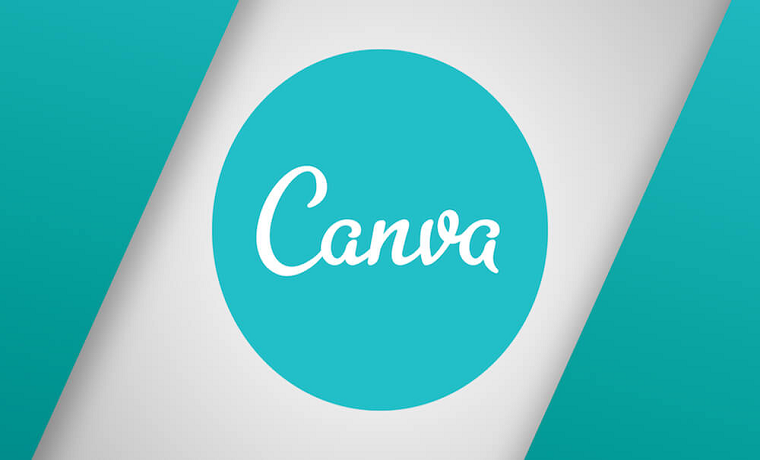Canva is a popular tool used for web browsing that covers a wide variety of UX/UI design features. Often it is used by those who cannot afford to hire a professional designer to work on the visual side of their social network account or website. Canva’s simple, user-friendly interface made it wildly popular – even among non-professionals! However, given the fact that it is full of many advanced features, it is a tool that can even be useful for companies with the best user experience. Let’s take a look at how it works.
What Is Canva Useful For?
Here are some of the most common reasons people use Canva.
Social Media Illustrations
Most often, the service is used to make content for social networks. The editor comes with ready-made templates for all of the most popular social networks, so there’s no need to search for suitable sizes and crop images. Finding the layout and creating a design based on it is more than enough.
The service provides templates for Facebook, Instagram, Youtube, and more. Just choose whichever one you want to use in the list of designs. A blank page, toolbar, and layout will open in a new window. Click on the layout and edit it: upload your photo, apply a filter, and write the text in a suitable font.
Presentation Design
Canva also has layouts for presentation slides. Layouts are divided into sections: educational, marketing, business presentations, and so on. Nearly everyone uses Canva: marketers, employees, business owners, teachers, and students in order to make attractive presentations about practically anything.
Find presentation templates with the search bar – a list of layouts will open in a new window. Each example of slides in a particular style differs from the others slightly in structure. On the tab “Elements-diagrams,” there are charts and graphs for slides, in which you can set the necessary parameters.
Powerful Functionality
Let’s take a brief look at some of the more popular functions that you can apply in Canva. Here you can see how they are used to create real-life projects.
Image Processing
- Text and Filters. Open the “Text” tab in the left pane. Write some text. Then, size what’s been typed by stretching or squeezing the text frame. Now, you can select the font and color of your choosing on the top panel.
- Transparency adjustment. Click on the object you want to change. Click on the “Transparency” icon in the upper right corner. Use the slider to adjust the transparency level.
- Change the color of the items. Click on the object you want to change. Click on the color icon on the top panel and click “+” to create your color.

Rarely Used Functions
Ready to use forms for documents like diplomas, letters of appreciation and certificates are not widely used, and frankly, that’s a pity. But the good news is, by typing “Certificate” or “Letterhead,” you can find the required form in the search bar.
Design a Letter
Advertising materials for printing – flyers, leaflets, booklets, business cards. You can also look for these templates by typing “Booklet” or “Leaflet” in the search function to see all available sizes.
Do a Business
Templates are useful for small businesses: you can save money on the services of a designer and get materials in high resolution, which will look great when in printed form.
Newsletter Templates
Search for “Newsletter” and select a template with a suitable structure. You can edit it by changing colors, fonts, background, or by inserting your pictures from the Canva photo stock.
Landings
You have landing pages layouts with menus, active links, and content that can be published on your site without working with code.
Find the “Site” in the search bar, select a template, and edit it – change the background, images, logos, text, and other elements. The result can be published as a layout in PDF, PNG, JPG, or as an adaptive website.
Editor’s Intrinsic Functions Few Know About
Only designers from professional UX/UI design agencies know about these features. But now, so do you!
- Design access for multiple users. You can open editing access, similar to Google documents, and work on the same project with another person. To do this, click on the “Share” button above your design and paste the email address of another user (or copy the link for editing).
- It would help if you drafted synchronization between the site and the mobile application. If you started to design on your computer, you could continue with the phone – the changes to the file will be saved. Draft designs are synced automatically.
- Copy settings of photos and colors of elements using quick keyboard shortcuts (alt + ctrl + C and alt + ctrl + V). This will preserve a single style among several different designs.
- You should link the Canva account to Facebook and Instagram to upload photos directly from social networks.
All in All
Hopefully, this little guide on how to use Canva, for your small business or just personal use, will motivate you to investigate this beautiful UX/UI tool. It provides opportunities for both beginners and professionals and allows everybody to win with its impressive visuals and powerful functionality.

